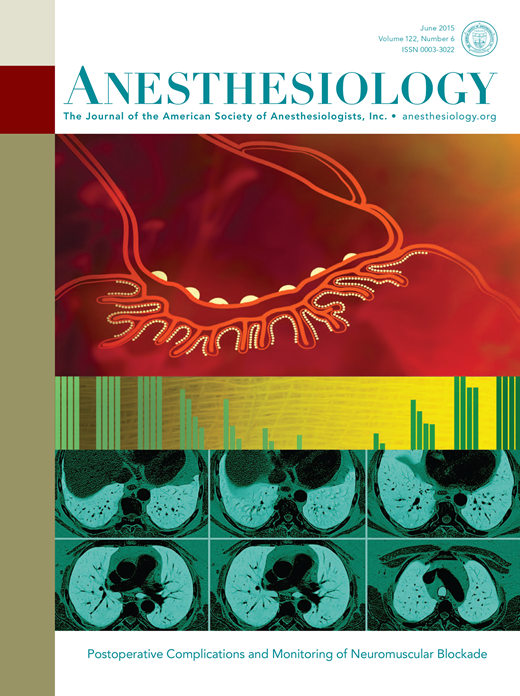Perspectives on Anesthesia and Perioperative Patient Safety: Past, Present, and Future.
IF 9.1
1区 医学
Q1 ANESTHESIOLOGY
引用次数: 0
Abstract
During the past 70 years, patient safety science has evolved through four organizational frameworks known as Safety-0, Safety -1, Safety-2, and Safety-3. Their evolution reflects the realization over time that blaming people, chasing errors, fixing one-offs, and regulation would not create the desired patient safety. In Safety-0, the oldest framework, harm events arise from clinician failure; event prevention relies on better staffing, education, and basic standards. In Safety-1, used by hospitals, harm events arise from individual and/or system failures. Safety is improved through analytics, workplace culture, high reliability principles, technology, and quality improvement. Safety-2 emphasizes clinicians' adaptability to prevent harm events in an everchanging environment, using resilience engineering principles. Safety-3, used by aviation, adds system design and control elements to Safety-1 and Safety-2, deploying human factors, design-thinking, and operational control or feedback to prevent and respond to harm events. Safety-3 represents a potential way for anesthesia and perioperative care to become safer.麻醉与围术期患者安全的视角:过去、现在和未来。
在过去的 70 年中,患者安全科学经历了四个组织框架的演变,分别称为安全-0、安全-1、安全-2 和安全-3。它们的演变反映出,随着时间的推移,人们逐渐认识到,指责人、追逐错误、解决一次性问题和监管并不能创造理想的患者安全。在最古老的 "安全-0 "框架中,伤害事件源于临床医生的失误;事件预防依赖于更好的人员配备、教育和基本标准。在医院使用的 "安全-1 "框架中,伤害事件源于个人和/或系统故障。通过分析、工作场所文化、高可靠性原则、技术和质量改进来提高安全性。安全-2 强调临床医生的适应能力,在不断变化的环境中利用复原力工程原则预防伤害事件。航空业使用的 "安全-3 "在 "安全-1 "和 "安全-2 "的基础上增加了系统设计和控制元素,利用人为因素、设计思维和操作控制或反馈来预防和应对伤害事件。安全-3 是麻醉和围手术期护理变得更加安全的潜在途径。
本文章由计算机程序翻译,如有差异,请以英文原文为准。
求助全文
约1分钟内获得全文
求助全文
来源期刊

Anesthesiology
医学-麻醉学
CiteScore
10.40
自引率
5.70%
发文量
542
审稿时长
3-6 weeks
期刊介绍:
With its establishment in 1940, Anesthesiology has emerged as a prominent leader in the field of anesthesiology, encompassing perioperative, critical care, and pain medicine. As the esteemed journal of the American Society of Anesthesiologists, Anesthesiology operates independently with full editorial freedom. Its distinguished Editorial Board, comprising renowned professionals from across the globe, drives the advancement of the specialty by presenting innovative research through immediate open access to select articles and granting free access to all published articles after a six-month period. Furthermore, Anesthesiology actively promotes groundbreaking studies through an influential press release program. The journal's unwavering commitment lies in the dissemination of exemplary work that enhances clinical practice and revolutionizes the practice of medicine within our discipline.
 求助内容:
求助内容: 应助结果提醒方式:
应助结果提醒方式:


